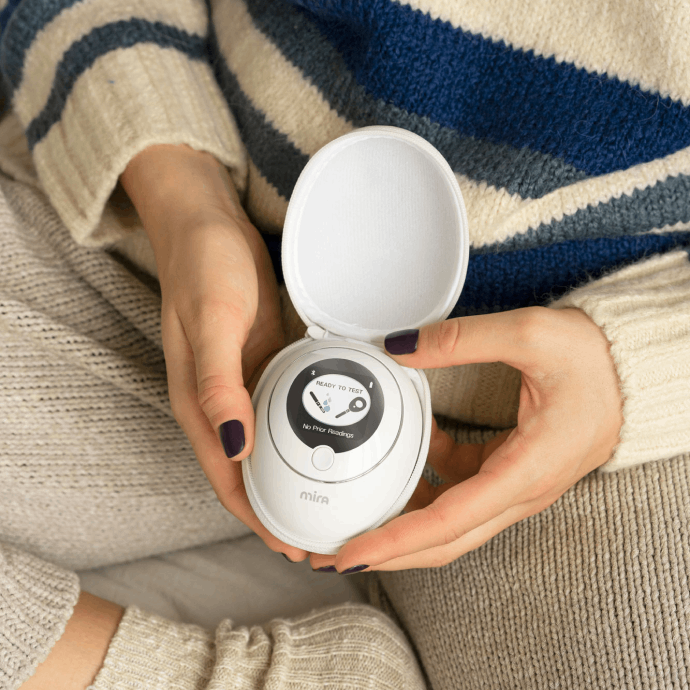Why We Need Inclusive Language in the Fertility Community

No matter who you are or what your fertility journey looks like—your gender or sexual orientation shouldn’t be the reason why accessing fertility tools and treatments is complex when compared to heterosexual cis-gendered individuals.
Unfortunately, though, problematic access to fertility tools and treatments is just the tip of the iceberg for some communities.
A problem that is rooted at an earlier stage: language.
Language use in the fertility community often excludes the LGBTQ+ community. In fact, one of the biggest challenges the queer community faces is that everything is written for cis-heterosexual people that conceive through intercourse.
At Mira, we believe this has to change. Therefore, we are starting to slowly adapt and change the language on our website and marketing collateral across all of our channels. We will do our absolute best, as inclusive language continues to transform and evolve, to use language that is most fitting to everyone’s unique fertility journey—and continue supporting anyone’s dreams of becoming parents.
There is a larger spectrum of people on fertility journeys, such as trans men and nonbinary folks. To them and to anyone else who has felt excluded from the fertility community narrative, we want to say: we see you.
As a company, brand, and team, we acknowledge:
- That human identities, sexualities, and bodies are diverse and complex—which makes every experience unique and valid.
- The age, gender, race, accessibility, ethnicity, education, country of origin, socioeconomic status, and other aspects of people’s backgrounds in our communication.
- That reproductive health and its narrative should not necessarily be cis-gendered and/or heterosexual.
- That terms such as “woman,” “man,” “male,” or “female” are not the defaults of identity.
- That using only cis-gendered, heterosexual language excludes a wide variety of users and disregards many people’s identities.
We will strive to:
- Make Mira explicitly useful for a wide-ranging, diverse group of people.
- Develop and employ inclusive language across all our platforms and channels.
- Listen closely to your thoughts as we do our best to use language in the most appropriate, most inclusive way.
As language continues to become richer and nourished by the various identities, backgrounds, ethnicities, and other valid experiences, we will strive to give people, experiences, and things appropriate emotional language—in search of profound terms that foster genuine connections with others.
Final Thoughts
Language is a powerful tool that is constantly changing. Using inclusive language avoids alienating individuals and their valid and unique experiences. We will do our best to continue listening, empathizing, adapting, and changing language as long as it makes sense to our community and does not exclude anyone.
Lastly, as we work on adapting our language we will continue to have open discussions about this, and anything we can do to ensure that our world is a safe and validating place to start a family—whatever that means to you.
If you have any comments, questions, feedback, or suggestions about these changes—we would be happy to hear them. Please contact our support team at support@miracare.com.
Much Love,
The Mira Team

Mira’s Editorial Process
All content produced by Mira meets stringent editorial standards, ensuring excellence and accuracy in language and medical precision. Every piece undergoes thorough fact-checking and review by qualified professionals. Check out our full editorial process to learn more.






